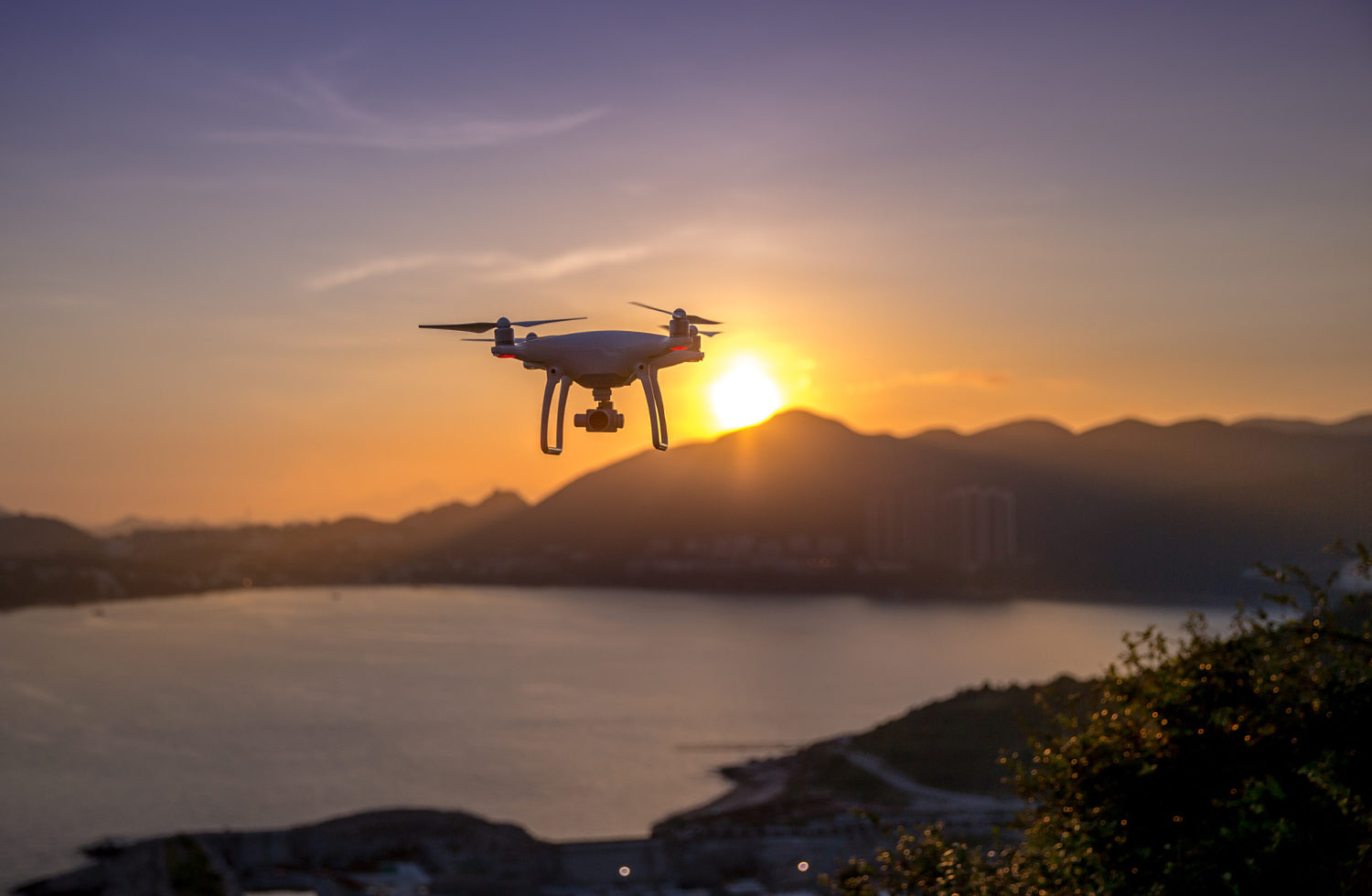Introduction:
“The best way to predict the future is to invent it”.
The materializing of self-driven cars, cloud computing, and artificial intelligence have proven that innovation is not bound by any limits and has no goals to rest. Driven by human imagination, innovation has touched our lives in an unprecedented manner.
One such revolution in the making is the increasing use of drones. Ever since their introduction, drones have opened up several commercial applications in different fields ranging from delivery of products to end consumers, capturing aerial footage for news purposes by journalists, entertainment, transport, etc. Governments and militaries across the world have also been employing drones for guarding their international borders.
The Unmanned Aircraft System (“UAS”), commonly known as Drones, the market in India is projected to touch US$ 885.7 million by 2021, while the global market is likely to achieve over US$ 21.47 billion.
GLOBAL STANDARDS:
On November 28, the International Organization for Standardization (“ISO”) released the first-ever draft global standard for drone operations, titled Draft International The standard for Unmanned Aircraft Systems Operations. Although ISO will publish the standard for global adoption in 2019, compliance is not mandatory.
These standards propose “no-fly zones” to ensure adequate distance from critical and high-risk locations. It suggests that operators should respect privacy and data protection of the individuals. Crucially, it also seeks to formulate a set of uniform industry regulations for drone technology, to ensure safety and security. These proposed standards are one of the four sets that regulate aerial drones. The other three standards may focus on other relevant issues such as technical specifications, manufacturing quality, and traffic management
INDIAN DIRECT TAX REGIME ON DRONES:
Developments in technologies have given rise to various tax issues especially in relation to characterization of income and withholding taxes. In India, the residents of India are subject to tax on their worldwide income whereas the non-residents are taxed only on income sourced in India. A company is said to be a resident of India if:
a) they are incorporated in India,
b) their place of effective management is from India. Corporate Tax in India is 25% for companies having a turnover up to INR 400 crores (applicable to approx. 99.3% of total Indian Companies).
Ordinarily, in the absence of a permanent establishment (“PE”) or business connection (“BC”) in India, non-resident companies are not taxable in India on their India-source business profits. However, if there is a PE / BC, the net profits of the non-resident company attributable to the PE / BC in India are taxable at the rate of 40 percent, unless such income qualifies to be treated as royalties or fees for technical services (“FTS”) which are taxable at the rate of 10% on the gross amount received. However, if a taxpayer is a resident in a country with which India has a Double Taxation Avoidance Agreement (“DTAA” or “tax treaty”), the taxpayer has the option of being taxed under the provisions of the tax treaty or the ITA to the extent it is more beneficial to the taxpayer. Withholding taxes may apply in a cross border scenario where payments made to a non-resident are taxable in India.
We would love to hear your suggestions for our article.
Please feel free to contact us at hitarth.sheth@bhaskara.in/info@bhaskara.in

